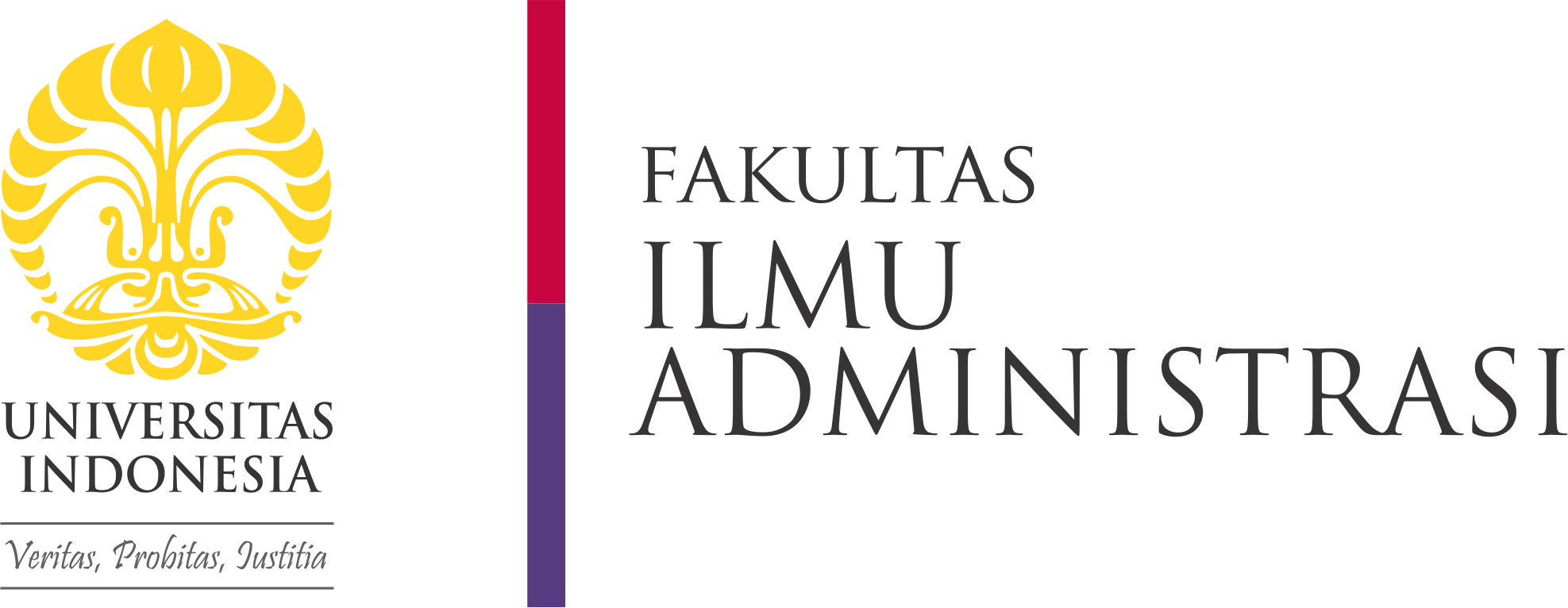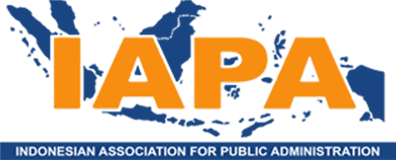Abstract
The program of transportation policy implementation in Mamminasata areas (Makassar, Maros, Sunggumisa, Takalar) has not been effective and efficient, despite the central government's program of national transportation. BRT project in Mamminasata regions has not been able to overcome various problems of safety and congestion, in accordance with the goals and objectives of the government program. This study aims to analyze and explain the position of the central government in the articulation of the priorities, direction, and goals of the transportation program in the regions of Mamminasata through the presence of BRT as the national program. This study applies qualitative approach, seeking to understand a complex real-world setting process by a strategy of case study to investigate BRT program that has instigated a multi-complex phenomenon from the policy decisions that have been set by the previous government. The analysis unit in this study is the policy of BRT Program in Mamminasata areas. Based on the State-centric Model, the results indicate that the BRT Program in Mamminasata areas is a program from the central government, precisely from the Ministry of Transportation of the Republic of Indonesia. Minister of Transportation, in this program, is at the central position or the single actor in the articulation of the priorities, direction, and goals of BRT transportation. The regional government, in this case the governor with related departments, is the recipient of the program. BRT Program in Mamminasata areas is different from that predicted by the theory of state-centric model.
Recommended Citation
Aslinda, Aslinda and Ibrahim, Muhammad Akmal
(2017)
"The State-Centric Model of Transportation Policy in Mamminasata Areas, South Sulawesi,"
BISNIS & BIROKRASI: Jurnal Ilmu Administrasi dan Organisasi: Vol. 23:
No.
1, Article 6.
DOI: 10.20476/jbb.v23i1.7457
Available at:
https://scholarhub.ui.ac.id/jbb/vol23/iss1/6





